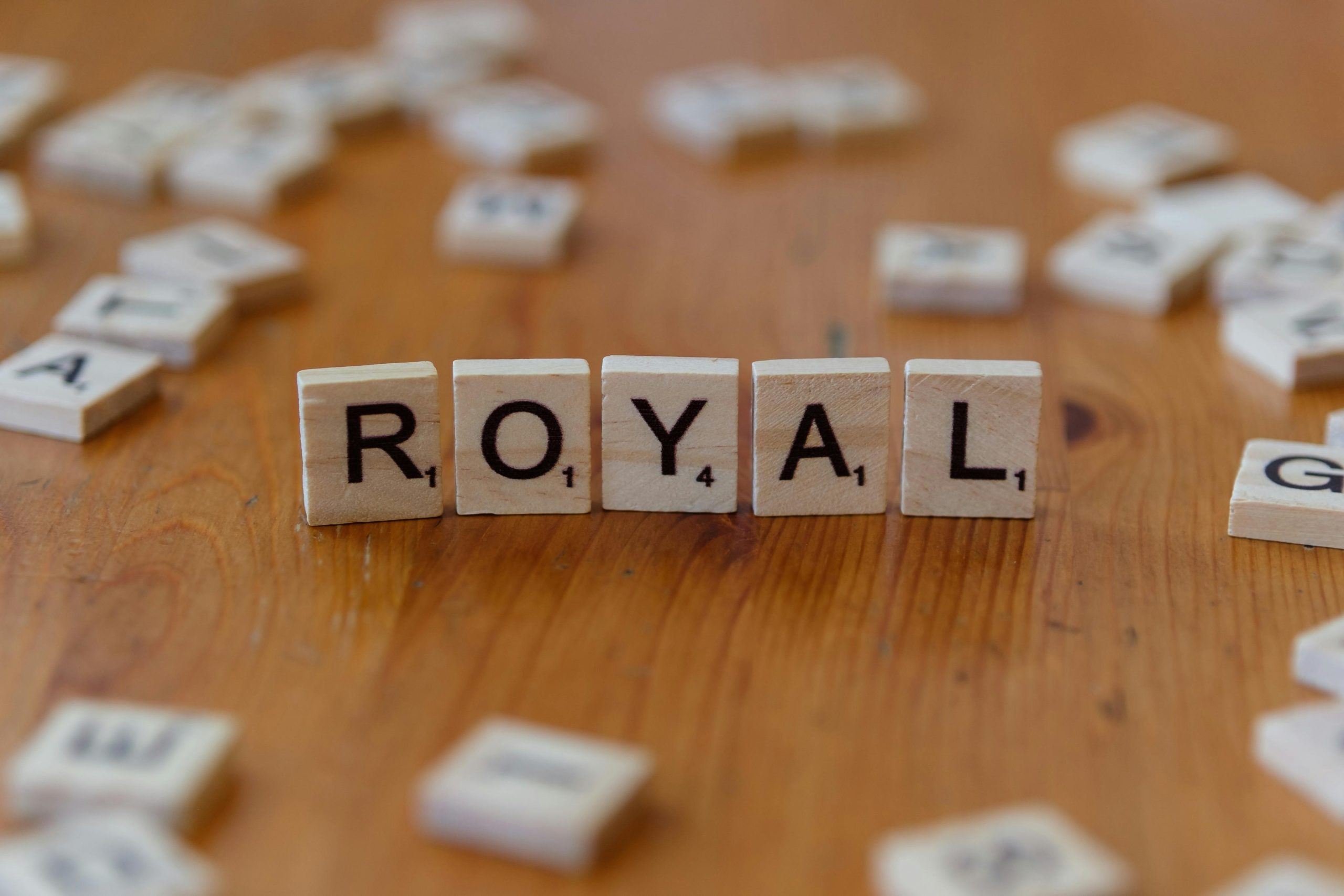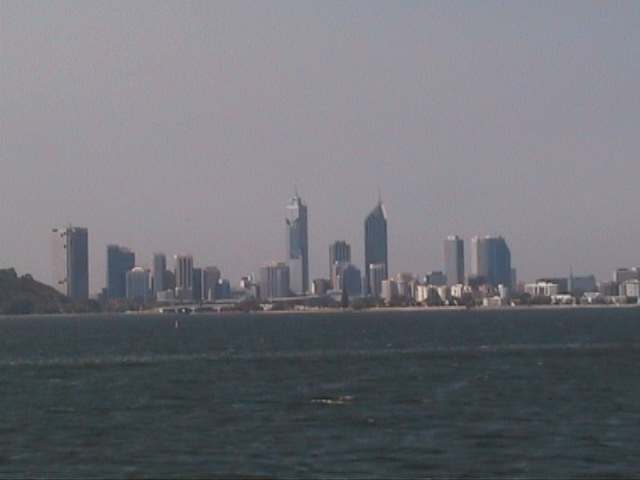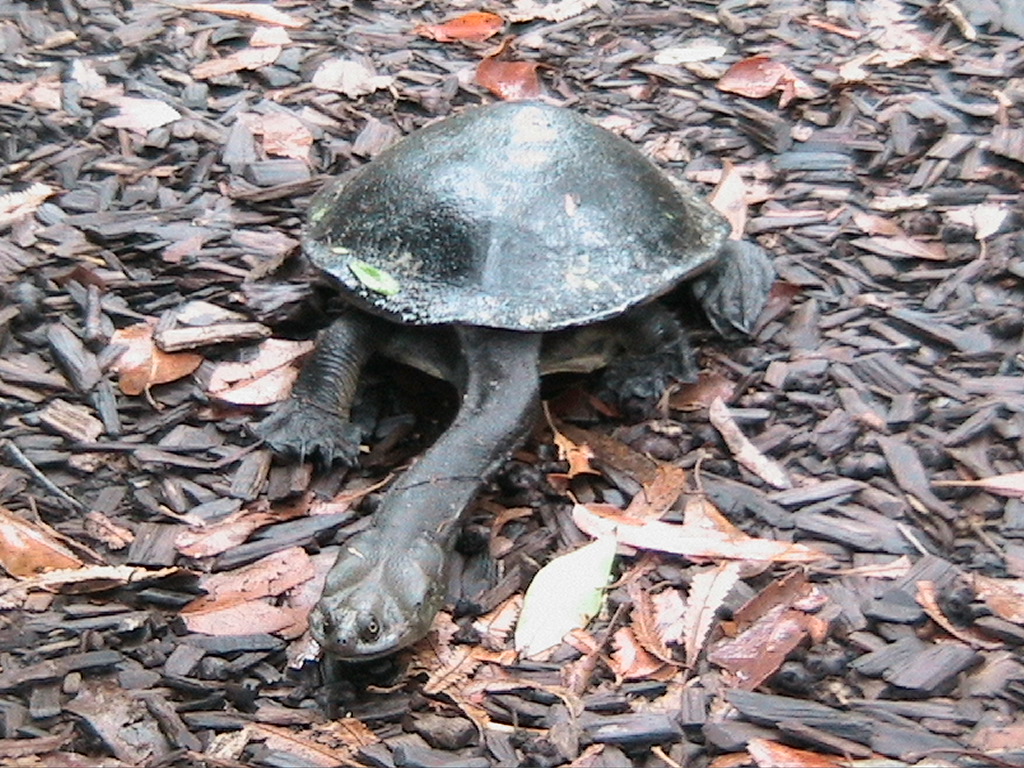In Australia, photographers and videographers operating drones or other flying equipment must adhere to the regulations set by the Civil Aviation Safety Authority (CASA). Here’s what you need to know:
Licensing Requirements: If you’re flying a drone that weighs over 2 kilograms for commercial purposes, you will need to obtain a Remote Pilot License (RePL). If it’s under this weight, you can operate it without a license for recreational use, but specific rules still apply.
Operational Rules: All drone operators must follow the guidelines, which include maintaining a line of sight with the drone, flying below 120 meters, and not flying within 30 meters of people. Drones should not be flown in controlled airspace without specific permissions, and it’s important to check for no-fly zones, such as near airports, military bases, or crowded events.
Insurance: It’s wise to obtain insurance for your equipment and any liability coverage, especially if you’re working on commercial projects. Some clients may require proof of insurance before you can start working.
Permissions and Filming: If you’re planning to shoot in popular locations or private properties, you may need to obtain permits or seek permission from property owners or local authorities. Always ensure you have the right to film in your chosen location.
Safety and Privacy Considerations: Always prioritize safety by conducting pre-flight checks and being mindful of the privacy of others. Avoid filming individuals without their consent, especially in situations where they have a reasonable expectation of privacy.
Training and Resources: Consider taking a course or workshop to understand the operational aspects of flying drones, including how to set up shots, understand flight controls, and ensure compliance with regulations.
By following these guidelines and regulations, you can effectively and safely use your drone for photography and videography in Australia.



